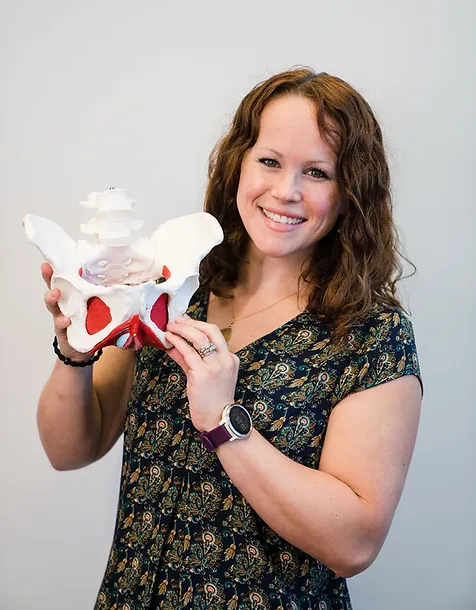When we think about our health, we often focus on well-known aspects like cardiovascular fitness, muscle strength, and mental well-being. However, the health of our pelvic floor—a group of muscles nestled within the pelvis—plays a crucial yet often overlooked role in our overall health. This post delves into the holistic importance of pelvic floor health, shedding light on its functions beyond muscle strength and offering insights into maintaining a healthy pelvic foundation.
Understanding the Pelvic Floor
The pelvic floor is a complex structure comprising muscles, ligaments, and connective tissues that support the pelvic organs, including the bladder, intestines, and for women, the uterus. These muscles stretch like a hammock from the tailbone at the back to the pubic bone in front. Their well-being is essential for several bodily functions, such as maintaining continence, supporting pregnancy and childbirth, and contributing to sexual function.
Beyond Muscle Strength: The Pelvic Floor’s Role in Overall Health
Organ Support and Continence: The pelvic floor muscles play a pivotal role in supporting the pelvic organs, preventing prolapse (where organs drop into or out of the vagina due to weakened muscles), and maintaining control over bladder and bowel movements.
Sexual Function: A healthy pelvic floor contributes to sexual sensation and arousal. For women, strong and flexible pelvic muscles can enhance sexual experience and orgasm. For men, these muscles contribute to erectile function and ejaculation.
Core Stability and Posture: The pelvic floor is a key component of the body’s core, working in tandem with the diaphragm, abdominal, and back muscles to stabilize the pelvis and spine. This synergy is crucial for posture, balance, and the prevention of lower back pain.
Pregnancy and Childbirth: During pregnancy, a strong pelvic floor supports the growing uterus and fetus, and postpartum, it aids in the recovery process. However, childbirth can strain these muscles, leading to potential issues like incontinence or prolapse, highlighting the importance of pelvic floor rehabilitation.
Maintaining a Healthy Pelvic Floor
Regular Exercise: Engaging in specific pelvic floor exercises, such as Kegels, can strengthen these muscles. However, it’s also important to ensure these muscles can relax properly to maintain balance and prevent issues like pelvic pain or dysfunction.
Lifestyle Modifications: Healthy bowel habits, maintaining a healthy weight, and avoiding activities that strain the pelvic floor (like heavy lifting without proper technique) can prevent overloading these sensitive muscles.
Professional Guidance: For those experiencing symptoms of pelvic floor dysfunction, such as incontinence, pelvic pain, or a noticeable prolapse, seeking the expertise of a pelvic floor physical therapist can be transformative. These specialists can tailor a rehabilitation program to address and alleviate symptoms, improving quality of life.
The health of our pelvic floor is intrinsically linked to our overall well-being, influencing aspects of our health that extend far beyond simple muscle strength. By understanding its importance, we can take proactive steps to maintain and improve our pelvic health, ensuring it supports us in every stage of life. Whether through regular exercise, lifestyle adjustments, or seeking professional advice, nurturing our pelvic floor is a vital part of our health journey.


